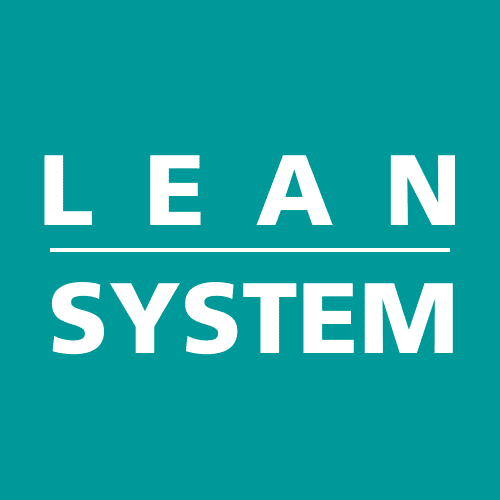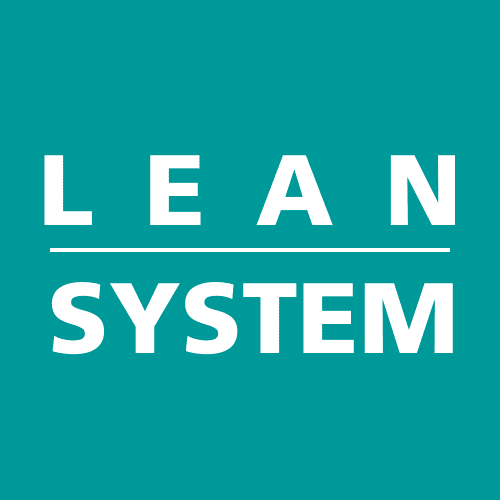ISO 9001 Clause 4, which deals with the 1) Context of the organization, 2) Needs and Expectation of interested parties 3) Scope of the quality management system 4) Quality management system and process.
Clause 4.1 - Understanding organization and its context
The intent of this clause is to understand the organization's internal and external issues.
Internal issues are where the organization has control over its issues. They are related to the values, culture, knowledge, and performance of the organization.
External issues are where the organization does not have control over external issues.
These issues can be positive or negative.
These issues can arise from legal, technological, competitive, market, cultural, social, economic environments, and can come from local, regional, national, or international sources.
You can use below form for capture Internal and External Issues
As Per ISO 9001:2015 Amendment 2024 Organization shall review whether climate change is relevant issues
The intent of this clause is to understand the needs and expectations of interested parties.
The main interested party for the Quality Management System is the customer.
Other interested parties for the organization are employees, suppliers, legal authorities, investors/owners of the organization, and others.
It is important to consider the needs and expectations of interested parties. The needs shall be ideally integrated into the syste
You can use the form below to capture internal and external issues.
Clause 4.3 - Determining the scope of quality management system
This clause defines the scope of the quality management system (QMS).
The scope shall include:
Products or services provided by the organization.
The main processes involved in delivering those products or services.
The scope shall also clarify the boundaries of the QMS. This means specifying whether implementation applies to all products and services or to specific ones.
If the organization has multiple sites, the scope should specify the locations included in the QMS.
If any clause of standard are not applicable for organization, then organization shall justify the same. Example of not applicable clause are clause 8.3 Design and Development if Design of product are provided by organization client. However Organization cannot exclude the clause 8.3 Design and Development if organization is doing their own design and development.
This clause specifies the requirements for identifying the processes needed by the organization.
Different organizations will require different processes depending on their activities. Here are some examples of processes typically found in a manufacturing organization:
- Production
- Quality Control
- Purchasing
- Human Resources
- Maintenance
- Sales
The interactions between these processes should be defined. This means identifying how the output of one process becomes the input for another. For example, the output from the Sales process (customer orders) becomes the input for the Production process.

